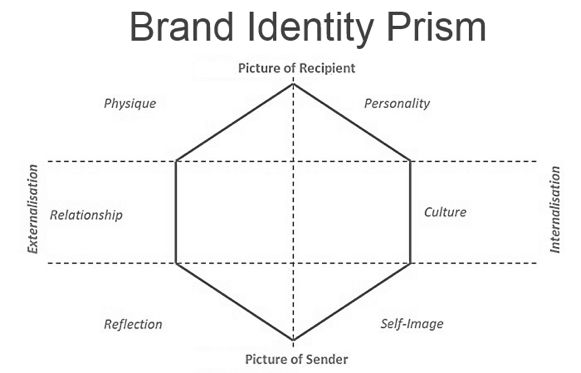“From the moment you are ready to show your new products or service to others, when your startup is ready to leave the garage, that is when you should start thinking about branding.”
Chris Farmer, Director, Notapipe Brand Consulting
 ALL OF THE EXCITEMENT of a new product, a new service, an idea that you had while waiting for the light to change and listening to the radio that has now begun to transform into reality – this is the real excitement of a startup.
ALL OF THE EXCITEMENT of a new product, a new service, an idea that you had while waiting for the light to change and listening to the radio that has now begun to transform into reality – this is the real excitement of a startup.
The journey takes you through many late nights and stale pizza with technicians and developers, friends, co-founders, nursing a fledgling notion into a Big Idea and then to a reality. But when the work is done and the final tweaks have been made, when you are ready to launch, is it still just a cool app?
The biggest challenge to startups today – and this is especially true in the tech sector – is the fleeting moment of Originality before someone swoops in to copy (and possibly even improve) your brainchild. Once you give life to the startup and its flagship product, it immediately joins the ranks of millions of others on the market.
According to some sources, there are as many as 300 million people trying to start up 150 million businesses every year around the world. That would come to over 400,000 startups every day! The IT sector accounts for a huge part of these wild numbers (even though we do not have any precise data on them). So the question of how to be distinctive then leaps to mind. How to distinguish your new app from the millions? How to get people to take it for a test drive?
Falling in Love
A major stumbling block for these startups is the fact that people tend to fall in love with their own ideas. They see its benefits and features and cannot imagine how everyone does not immediately see them too.

But as we all know, falling in love is a process. We must meet our loved one first. We must feel the effect of her smile, see the way she turns a corner, or hear her voice. This is where the beginning of branding lies.
A brand is very much like a person. When it is born, the baby needs constant care and nurturing, as it grows it becomes more self-aware and develops a personality. And this new personality is what attracts people to it.
Apron Strings
From the moment you are ready to show your new products or service to others, when your startup is ready to leave the garage, that is when you should start thinking about branding.
From that point on, it is all about perception – how will others perceive it? What should it look like? How does it behave – is it seductive? Provocative? Brazen? Maybe kind and gentle? The questions that must be answered for your neophyte brand all center on how it would look, act and behave as it if it were a person.
We are drawn to certain people, repelled by others. What kind of people will want to get this brand? Which ones do we really want to love it? This comes down to a process of demographic targeting, of course, but with an element of intuition and instinct as well.
French branding guru Jean-Noel Kapferer created a tool to help understand a brand’s personality in The New Strategic Brand Management. He calls it the Identity Prism.
The prism lays out the basic drives that create a brand from a product. It looks at six aspects: physique, personality, relationships, culture, reflection, and self-image.

In each area, a specific question about the brand should be asked. Answering them fully will give you a very precise idea of what kind of brand your new product has become.
The Time is Now
What is vital here, however, is the timing. If you send your new product out onto the vast market unadorned, unclothed in its brand, then you run the risk of its falling into obscurity (if no one sees it) or being coopted by a demographic and taken into a direction that leads the wrong way. In effect, if you do not brand it first, others will do it for you.
And you may not like what they do.
It seems like everything is a brand these days. But this is not without a reason or a purpose. Branding your startup and your product early will help it to be seen, recognized, and felt in the real world from the very beginning. And more than this, it will allow people to experience your brand and become its ambassadors, its friends, and its lovers. Once you have arrived there, your new brand can be considered as established.
Falling in love with your product is important, but you must then allow others to do it too.



